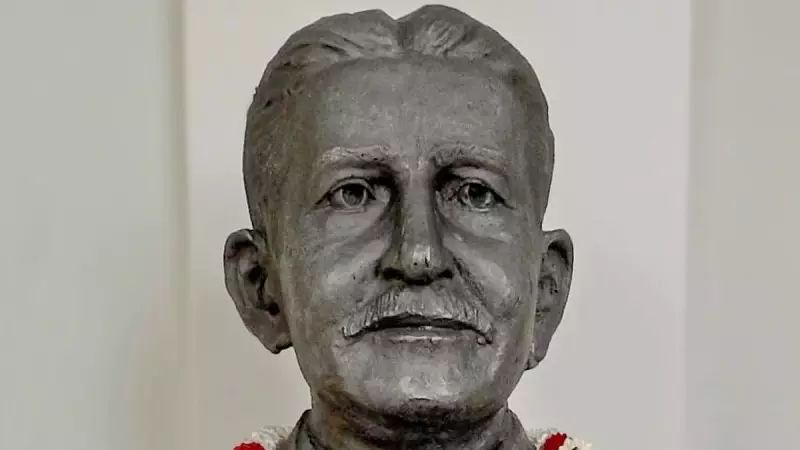
In the annals of Bangalore's rich history, one name stands out as the architectural mastermind behind its beloved "Garden City" identity - Gustav Hermann Krumbiegel, a German botanist whose visionary planning continues to shape the city's green spaces over a century later.
The German Horticulturist Who Found His Calling in India
Arriving in India during the British Raj era, Krumbiegel brought with him exceptional botanical expertise that would forever change Bangalore's landscape. His most significant contribution remains the magnificent Lal Bagh Botanical Garden, which he transformed from a royal retreat into a world-class botanical institution.
Revolutionizing Urban Planning with Green Vision
Krumbiegel's approach was revolutionary for his time. He didn't just design gardens; he created interconnected green corridors and implemented systematic planting strategies that considered Bangalore's unique climate and soil conditions. His master plan included:
- Strategic planting of flowering trees along major avenues
- Creating seasonal color schemes through careful species selection
- Developing sustainable water management systems for gardens
- Introducing exotic species that could thrive in Bangalore's environment
The Living Legacy: Bangalore's Green Identity
Today, as Bangalore residents stroll through Cubbon Park or admire the seasonal blossoms along its streets, they're experiencing Krumbiegel's enduring vision. His principles of urban greening have proven remarkably resilient, with many of his original plantings still thriving and contributing to the city's distinctive character.
Beyond Botany: An Environmental Visionary
Krumbiegel's work extended far beyond mere aesthetics. He understood the importance of green spaces for urban well-being long before modern urban planning recognized these benefits. His designs incorporated:
- Natural cooling systems through strategic tree planting
- Biodiversity conservation through diverse species introduction
- Public accessibility to green spaces
- Educational opportunities through botanical collections
The Garden City's Guardian: Krumbiegel's commitment was so profound that he chose to remain in India even after independence, continuing his work until his death in 1956. His grave in Bangalore stands as a quiet testament to his deep connection with the city he helped shape.
As modern Bangalore grapples with rapid urbanization and environmental challenges, Krumbiegel's century-old vision offers valuable lessons in sustainable city planning. His legacy reminds us that thoughtful green infrastructure isn't just decorative - it's essential to a city's soul and sustainability.





